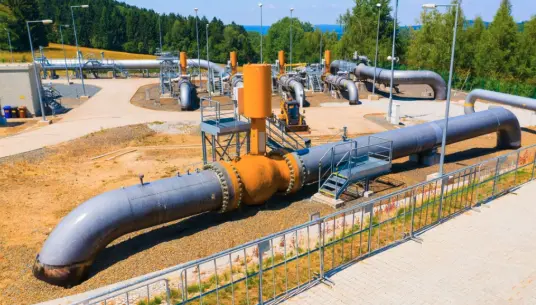Energy - Kurdish oil flows still blocked
The oil market edged lower yesterday, despite fairly constructive US inventory data from the EIA. US crude oil inventories fell by 7.49MMbbls over the last week, the largest draw in commercial inventories since November and only the second decline in stocks so far this year. However, at almost 476MMbbls, crude inventories remain around 26MMbbls above the 5-year average for this time of year. The draw was driven largely by a fall in imports, with crude oil imports falling by 847Mbbls/d WoW. Exports remained above 4MMbbls/d over the week. Refiners increased utilisation rates by 1.7pp to 90.3% - the highest levels seen so far this year. Despite the stronger refinery runs, gasoline inventories fell by 2.9MMbbls over the week. Implied gasoline demand increased by 185Mbbls/d, taking gasoline demand in excess of 9.1MMbbls/d- the strongest levels so far this year. As a result, total US gasoline inventories stand at less than 227MMbbls, the lowest levels seen at this stage of the year since 2014. Distillates saw a marginal build of 281Mbbls over the week.
The US energy secretary has said the US could start refilling its strategic petroleum reserve (SPR) later this year, according to Reuters. Oil prices have recently traded in the price range (WTI- $67-72/bbl) where the US government had previously said it would look to start buying to replenish inventories. Due to maintenance and also the mandated release of 26MMbbls from the SPR, the government recently said it would be difficult to start refilling the SPR at the moment. Potential SPR buying was expected to provide somewhat of a floor to the market, but clearly that is not the case, at least in the near term.
Read next: Today, the US GDP goes public. Eurozone inflation expected to reach 7.1%| FXMAG.COM
The standoff with Kurdish oil flows via Turkey continues and the halting of pipeline flows has meant that producers in the Kurdish region have had to start reducing output. Producer, DNO has said it has started an orderly shutdown of its fields in the region. These include the shutting down of Tawke and Peshkabir, which produced 107Mbbls/d in 2022. The Kurdish and Iraqi authorities are still trying to work out an agreement which would allow roughly 400Mbbls/d of oil flows from the Kurdish region to resume.
|



















































































